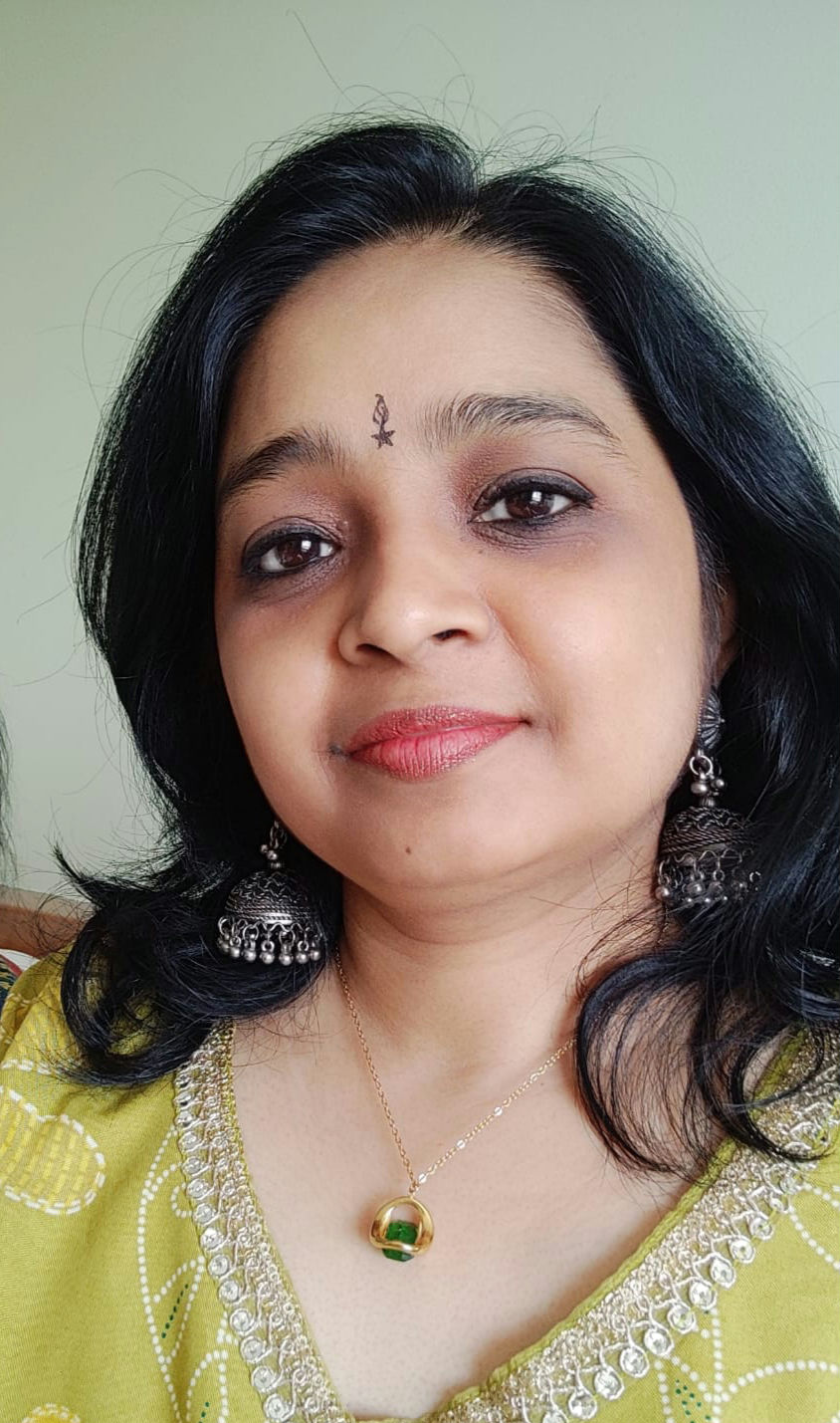Why we fall for the wrong people again and again—and How to heal
- Anupriya Therapysupport
- Aug 23
- 4 min read
Updated: Aug 23

Love is rarely a straight road. Most of us go through three phases of love as we grow, each teaching us something different about ourselves and others. But when a relationship turns traumatic, we may get stuck, repeating painful patterns instead of moving forward. Understanding these phases can help us break free and build the kind of love that heals.
Phase one: The dream of love
Think back to your first crush. Maybe you stayed up at night replaying moments in your head or daydreamed about happily-ever-after scenarios. It wasn’t really about the person—it was about the idea of love.
We learn this “dream” from movies, books, and the couples we admire. Psychologist Dorothy Tennov called this early state limerence, a heady mix of infatuation, fantasy, and hormones. It feels magical but fragile.
Riya, 16, found herself doodling her classmate’s name in her notebook and blushing every time he passed by. She wasn’t really in love with him, she was in love with the fluttery, movie-like feelings he stirred in her. When he barely noticed her, she felt heartbroken, though what she lost wasn’t him but her beautiful dream.
For many, first love is passionate and unforgettable but also confusing once reality creeps in. The perfect picture doesn’t always match real human interaction, and this gap can lead to heartbreak.
Phase two: Love as struggle
The second phase of love begins when the dream collides with reality. Here, two people try to balance their own needs, values, and ideas of love. One might crave closeness while the other values independence. One may see love as passion, the other as partnership.
Psychologist Robert Sternberg’s Triangular Theory of Love explains this clash. Love is made of intimacy, passion, and commitment, but partners often emphasize different pieces of the triangle, creating friction.
Neha and Arjun dated for three years. She longed for daily closeness, texts, shared plans, and weekend getaways. He valued freedom and space. Both loved each other deeply, but each kept feeling the other didn’t “understand what love really means.” Their fights weren’t about who was right or wrong, but about different definitions of love.
This phase is full of learning but also full of pain. Some couples grow through it, learning compromise and empathy. Others end in conflict, especially if one or both partners cling tightly to their own concept of “true love.”
Phase three: Love as growth
When we’ve lived through heartbreak and done some inner work, love starts to look different. It’s no longer about chasing intensity or trying to mold someone into a fantasy. Instead, it’s about acceptance, self-awareness, and partnership.
This third phase often comes when we are not actively searching but are open. By then, we’ve discovered ourselves more deeply and can welcome a partner who also wants to grow. This is what psychologists describe as secure attachment, a relationship where both people feel safe to be vulnerable, independent, and connected.
After years of dating and heartbreak, Sameer had stopped obsessing over finding “the one.” He focused on therapy, his career, and building a fulfilling life for himself. That’s when he met Ananya. Instead of fireworks and chaos, their love grew slowly, rooted in honesty and mutual respect. They were both willing to learn from each other, and for the first time, Sameer felt love wasn’t about fixing but about growing together.
When trauma interrupts the journey
Not everyone moves through these phases smoothly. Some get stuck, especially after traumatic relationships.
Meera had a partner who belittled her and often withdrew affection. After the breakup, she promised herself she’d never repeat it. Yet in her next relationship, she again chose someone who dismissed her feelings. Each time, it began with passion but ended with deep hurt.
This happens because trauma leaves emotional imprints. Psychology calls this repetition compulsion, an unconscious drive to recreate familiar pain, hoping this time it will heal. In reality, it only keeps us locked in phase two, looping through conflict and heartbreak.
Not everyone gets trapped in this cycle, but everyone experiences the three phases of love in some form. The key difference lies in whether we pause to heal before moving forward.
How to break the pattern
The path out of the loop isn’t about finding the “perfect” partner; it’s about turning inward. When we start addressing our wounds, we stop confusing pain with love.
Raj had been through three breakups that left him feeling abandoned. In therapy, he realized he was drawn to emotionally distant partners because it mirrored his childhood experience of longing for affection. Once he began healing that wound, he chose differently and his relationships began to feel healthier.
Breaking the loop means learning to love yourself enough not to settle for patterns that hurt you. Therapy, self-reflection, and even journaling can help uncover why certain people feel so magnetic and how to choose differently.
When we do this inner work, we create space for 'phase three', the kind of love that feels steady, nourishing, and real.
Final thought
Love evolves as we evolve. We begin with the dream, wrestle with the struggle, and, if we allow ourselves to grow, arrive at love as growth. Traumatic relationships can keep us stuck, repeating painful patterns, but healing makes it possible to move forward.
In the end, real love isn’t about finding someone to complete us. It’s about discovering ourselves, then walking beside someone who is ready to grow, too.




Comments